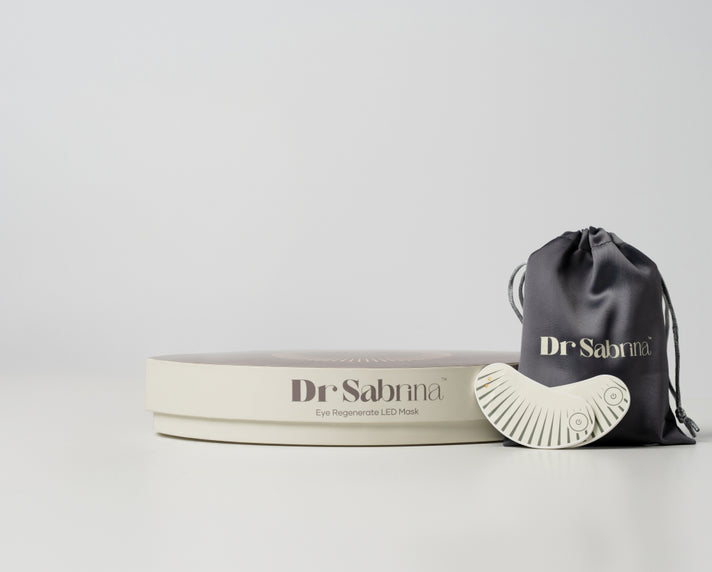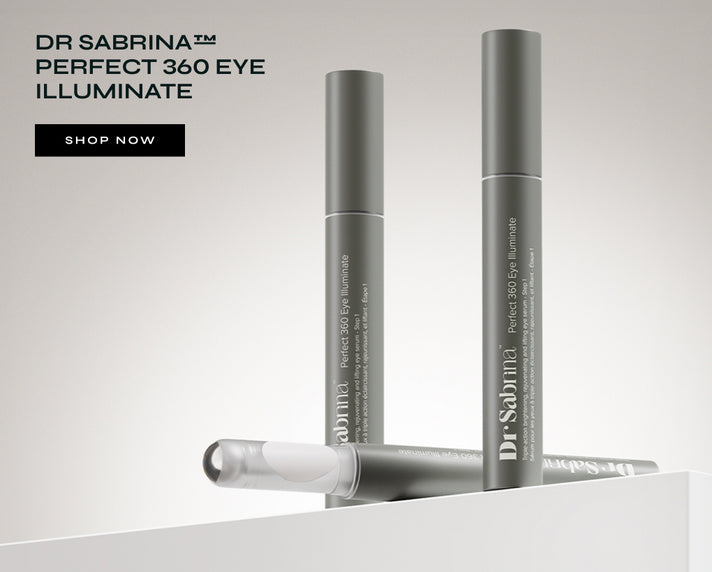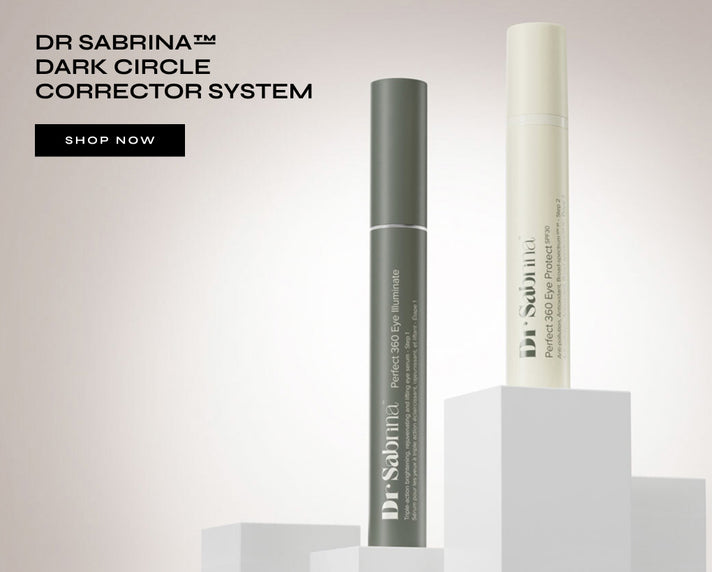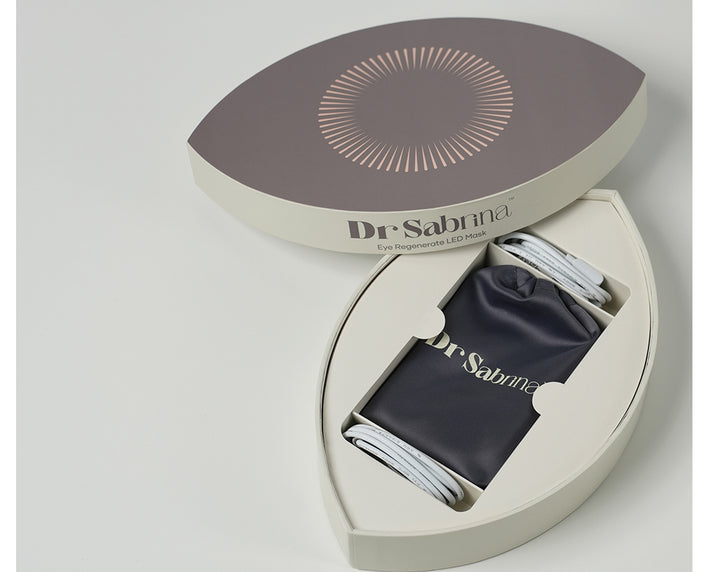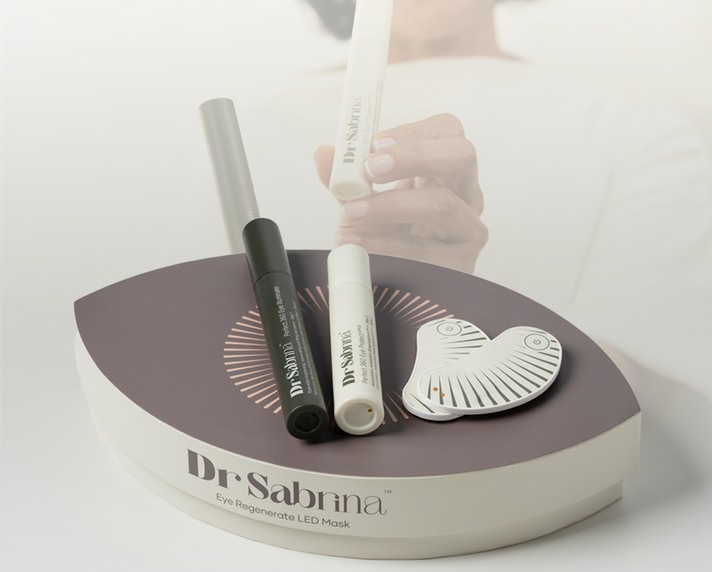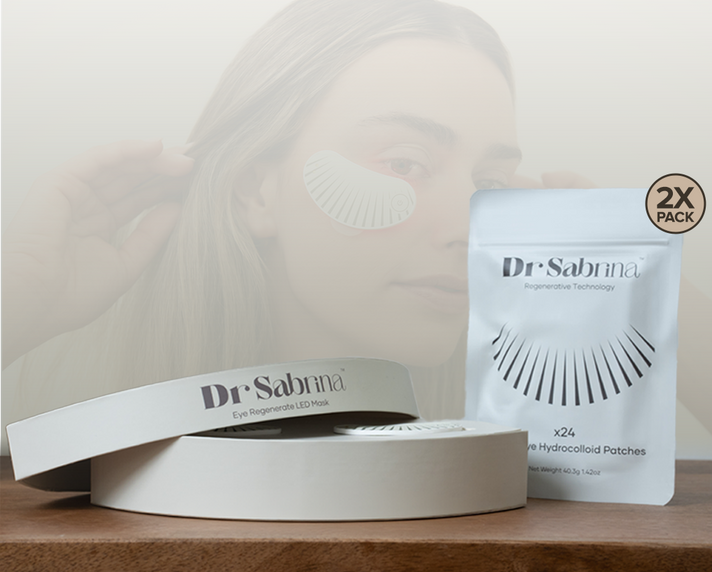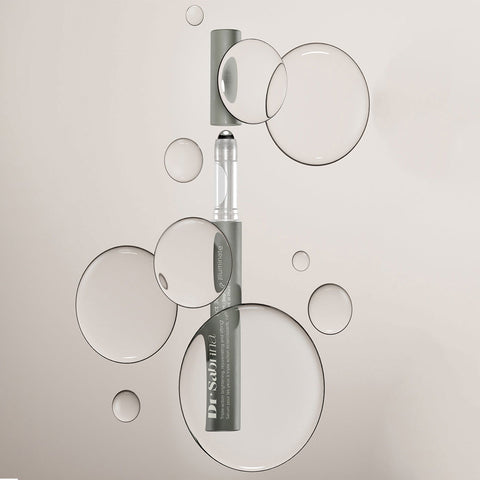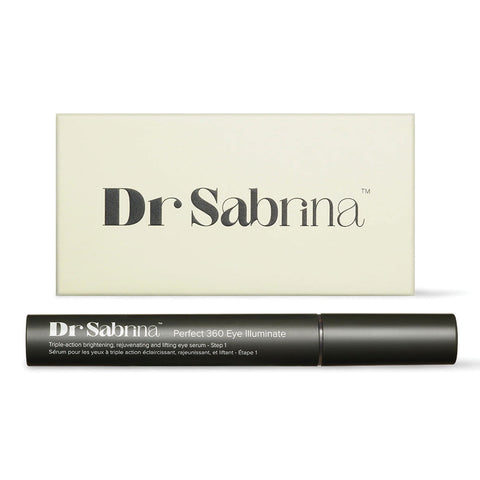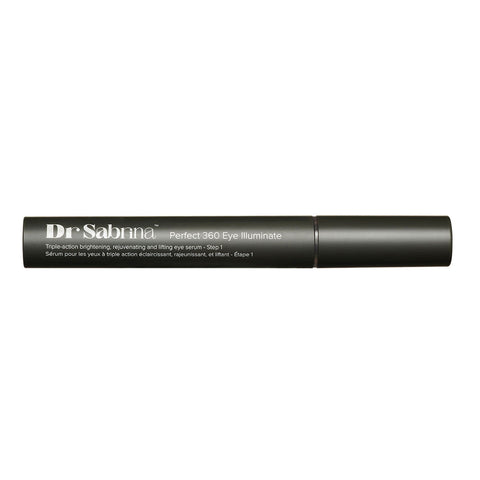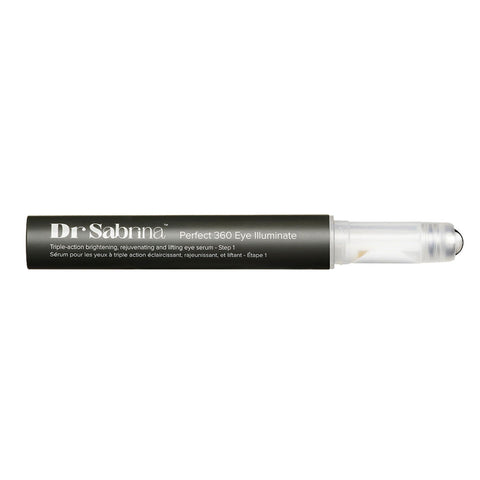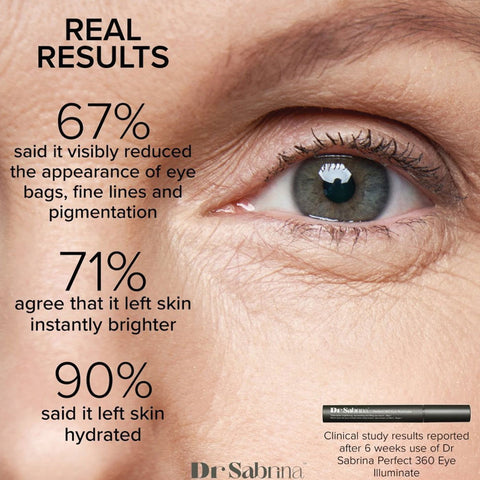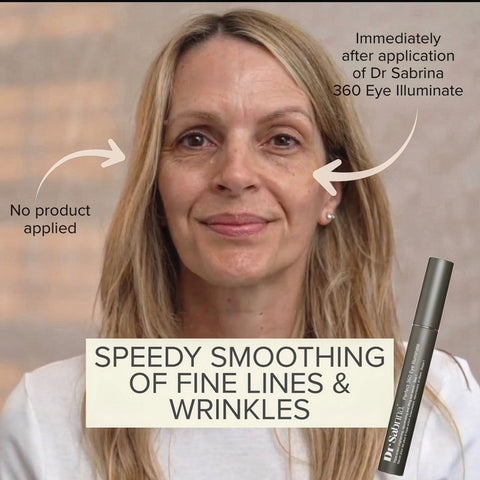Eye Serum
Glycolic Acid and Hyaluronic Acid – Can They Be Used Together?

Both skincare enthusiasts and dermatologists have been singing the praises of hyaluronic acid and glycolic acid for years. One is famous for its exfoliating abilities, while the other is renowned for its incredible hydration properties. But can I use glycolic acid with hyaluronic acid, or do they cancel each other out?
Let's dive into the science, benefits, and dos and don'ts of using these two powerhouse ingredients in your skincare regimen.
Understanding Glycolic Acid
Glycolic acid is an alpha-hydroxy acid (AHA) from sugarcane. Because it has a small molecular size, it penetrates the skin deeply and effectively, making it one of the most effective AHAs for exfoliation.
Benefits of Glycolic Acid:
- Exfoliation: Glycolic acid dissolves the bonds that hold dead skin cells together so that they can be shed more easily. This helps to improve the texture and brightness of the skin.
- Anti-Ageing Benefits: Through the stimulation of collagen, glycolic acid minimises fine lines and wrinkles over time.
- Prevention of Acne: Daily application of glycolic acid may prevent pores from clogging, minimising acne breakouts.
- Hyperpigmentation Lightening: It prevents dark spots, sun damage, and post-inflammatory hyperpigmentation.
- Better Absorption of Skincare Products: Because it exfoliates dead skin cells, other skincare ingredients are able to penetrate deeper.
Still, overuse of glycolic acid and hyaluronic acid together without care may lead to dryness or sensitivity, so balance is key.
Understanding Hyaluronic Acid
Unlike glycolic acid, hyaluronic acid (HA) is not an exfoliant but a humectant. It is a molecule found naturally in the body that draws in and holds moisture. But with ageing and environmental stress, our natural HA stores dwindle, causing dryness and the look of fine lines.
Benefits of Hyaluronic Acid:
- Intense Hydration: HA has the ability to retain 1,000 times its weight in water, making it an excellent skin hydrator.
- Plumping Action: By attracting moisture into the skin, HA gives the skin a fuller appearance and minimises the visibility of wrinkles.
- Soother and Healer: It facilitates the repair of the skin barrier and is thus good for individuals with sensitive or irritated skin.
- Non-Comedogenic: Unlike other moisturisers, HA does not clog pores and is thus compatible with all skin types.
- Complementing Other Ingredients: It complements other skincare ingredients nicely, making them penetrate more easily into the skin.
Glycolic Acid and Hyaluronic Acid: Can They Be Used Together?
Absolutely! The answer to can I use glycolic acid with hyaluronic acid is a resounding yes. When used properly, this duo delivers outstanding results.
Why do they work well together?
1. Balancing Act:
Glycolic acid peels sometimes remove moisture from the skin, creating dryness or irritation. Hyaluronic acid reverses this by replenishing moisture.
2. Increased Absorption:
Because glycolic acid clears away dead skin cells, it makes room for HA to move deeper into the skin, increasing hydration.
3. Overall Skin Benefits:
As glycolic acid smooths and illuminates the skin, HA keeps it hydrated and full.
However, timing and technique are crucial to avoid irritation and get the most out of hyaluronic acid and glycolic acid.
How to Apply Glycolic Acid and Hyaluronic Acid Together
1. Begin with Glycolic Acid
Because glycolic acid requires direct contact with the skin to be effective, it must be applied first. Do the following:
- Cleanse your face with a mild cleanser and dry it.
- Use a glycolic acid toner, serum, or exfoliant.
- Wait for a few minutes to let the acid penetrate.
2. Follow Up with Hyaluronic Acid
Once the glycolic acid has a chance to penetrate, follow up with a hyaluronic acid serum or moisturiser.
- Pat the HA product onto your skin when it's slightly damp so it can lock in moisture.
- Follow with a moisturiser if necessary.
3. Always Use Sunscreen
Because glycolic acid makes skin more sun-sensitive, wearing a broad-spectrum SPF 30 or higher is essential in the morning.
4. Consider Your Skin Type
- Sensitive Skin: Begin slowly. Apply glycolic acid 2-3 times a week and always use HA afterwards.
- Oily/Acne-Prone Skin: Apply a glycolic acid toner and then a light HA serum.
- Dry Skin: Apply a glycolic acid cream, followed by a moisturising HA cream.
5. Don't Overdo It
Both ingredients are great, but over-exfoliating with glycolic acid can irritate. If redness or peeling occurs, cut back on usage and add more hydration.
By applying glycolic acid and hyaluronic acid together this way, you maintain hydration and avoid irritation.
What Not to Combine with Glycolic Acid and Hyaluronic Acid
These two combine nicely, but certain ingredients are not to be used with glycolic acid:
- Retinol: Both together are too harsh and can irritate.
- Vitamin C: Glycolic acid and vitamin C combined might make vitamin C ineffective or increase sensitivity.
- Benzoyl Peroxide: Acne medication in the form of benzoyl peroxide leads to over-drying when used with glycolic acid.
On the other hand, hyaluronic acid is versatile and can be paired with most ingredients, including niacinamide. If you’ve ever wondered about niacinamide vs hyaluronic acid, the good news is that they complement each other beautifully.
Additional Tips for Using Glycolic Acid and Hyaluronic Acid Together
- Use a hydrating cleanser if your skin feels dry after applying glycolic acid.
- Apply HA immediately after cleansing to maximise hydration.
- Use a calming moisturiser with ingredients like ceramides to soothe any irritation.
- Don’t mix multiple exfoliants in one routine. If you’re using glycolic acid, avoid using other strong acids like salicylic acid or lactic acid on the same day.
Alternative Treatments for Skin Irritation and Hydration
If you find glycolic acid irritating or sensitive, try natural treatments for redness and puffy eyes:
- Cucumber slices: They possess cooling effects that decrease inflammation.
- Aloe vera gel: Soothes and heals irritated skin.
- Green tea compresses: Antioxidant-rich green tea can soothe redness and puffiness.
- Honey masks: Honey is antibacterial and moisturising, making it perfect for sensitive skin.
For individuals arguing against niacinamide versus hyaluronic acid, niacinamide is wonderful at brightening and regulating sebum production, and HA is all about the hydrating factor. Both could easily be done within the same regimen, like glycolic acid and HA.
Final Thoughts
Glycolic acid, an exfoliant, and hyaluronic acid, a hydrating super ingredient, work extremely well together. Glycolic acid exfoliates away dead skin for smoothness and clarity, while hyaluronic acid deeply hydrates to provide a plumper, more youthful, and dewy appearance.
Regardless of whether you are battling dryness, dullness or the first signs of ageing, you can address so many concerns by using them together.
So, if you’ve been wondering, can I use glycolic acid with hyaluronic acid? The answer is yes, and it’s one of the most effective combinations you can add to your routine. No need to choose between glycolic acid vs hyaluronic acid when you can reap the benefits of both.
You can also explore options like an under eye serum online to calm and hydrate the delicate eye area.
And if your skin ever feels irritated or puffy after introducing new actives, simple remedies for swollen eyes, like chilled green tea compresses or aloe vera, can offer quick relief and soothe inflammation.
With the right balance and application method, using hyaluronic acid and glycolic acid together can leave your skin clearer, softer, and more radiant than ever.
FAQs
1. Can I use glycolic acid and hyaluronic acid together every day?
Yes, if your skin tolerates it well. Use glycolic acid 2–3 times a week and hyaluronic acid daily to maintain hydration.
2. What goes first: glycolic acid or hyaluronic acid?
Apply glycolic acid first on clean, dry skin. Follow up with hyaluronic acid to lock in moisture.
3. Is glycolic acid better than hyaluronic acid?
They serve different purposes; glycolic acid exfoliates, while hyaluronic acid hydrates. It’s best to use them together.
4. What should I avoid mixing with glycolic acid?
Avoid using retinol, benzoyl peroxide, and vitamin C with glycolic acid to prevent irritation.




